Backyard Homesteader Harvest Preservation Tips
As the leaves change color and the air gets crisper, those who practice backyard homesteading are entering one of their busiest seasons of the year. Harvesting one’s efforts and enjoying the abundance through winter is this season. Farming has always preserved harvests, but methods have changed.
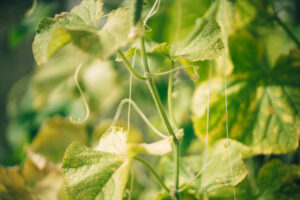
Understanding the many methods and choosing the best one for each sort of food is the key to preserving your garden’s harvest. Each technique—root cellaring, freezing, canning, and drying—has pros and cons.
Traditional root cellaring stores fruits and vegetables in a cool, dark, humid underground cellar. Root cellaring requires the correct temperature and humidity. A basement storage area or underground insulated boxes can work for individuals without a cellar.
Freezing preserves many fruits and vegetables while keeping their nutritional worth. While simple, it requires blanching veggies to stop enzyme activity that can deteriorate. Fruits can be frozen whole, sliced, or blended with sugar to maintain color and texture. Freezing is easy, but freezer space and power are needed.
Canning preserves jams, jellies, pickles, and sauces. Pressure and water bath canning dominate. Acidic foods like tomatoes, fruits, and pickles can be water bath canned. Low-carid vegetables, meats, and poultry must be pressure canned to avoid botulism. Preservation necessitates following safety and recipe criteria when canning.
It works on herbs, vegetables, fruits, and even jerky. Drying requires removing enough moisture to prevent deterioration while maintaining flavor and nutrition. Properly dried foods endure months and are great for eating, cooking, and baking.
Beyond these traditional approaches, vacuum sealing extends food shelf life by removing air from packing, and fermentation preserves and improves nutritional content and flavor. The backyard homesteader can maintain a variety of delectable foods using each approach.
Winter preparation goes beyond harvest preservation. It includes planning for the upcoming planting season, cleaning and storing garden tools, ordering seeds, and winterizing garden beds. Mulching, cover cropping, and organic matter help prevent soil erosion and nutrient loss, making next year’s planting productive.
Fall is a great time to ponder and learn. Reviewing last season’s successes and failures can help improve. There is always space for development and creativity in backyard homesteading, whether trying out a new crop, changing planting timings, or experimenting with a different preservation method.
Preserving the harvest allows one to celebrate the season’s bounty, honor the hard work and care that went into growing it, and sustainably enjoy the products of one’s labor year-round. Preserving the harvest links us to nature, the past through time-honored preservation methods, and the future as we learn and adapt. For backyard homesteaders, fall is a time of harvest, preparation, preservation, and planning to maintain growth and abundance.
Essential Winter Steps for Your Garden and Homestead
As fall arrives, backyard homesteading enthusiasts prepare their gardens and homesteads for the winter. This crucial phase of preparation and transition protects the hard work of spring and summer from winter, laying the basis for a triumphant return when the warmer weather returns. Winterizing a garden or farm involves everything from the soil to the tools needed to care for it.
Garden beds are winterized initially. Dead plants and trash must be removed after harvesting. This cleans the area and prevents pests and illnesses from overwintering in the soil. Cleaning and leaving wildlife-friendly elements must be distinguished. For instance, some wasted plants can provide winter habitat and food for birds and beneficial insects.
Care for the soil follows. Organic compost or well-rotted manure can improve soil quality by slowly releasing nutrients throughout winter. These are also good times to evaluate and modify soil pH to prepare it for spring planting. Cover crops like clover and rye reduce weeds, strengthen soil, and prevent erosion.
Winter preparation must also include perennial plant protection. Mulching shrubs, trees, and perennials’ bases regulate soil temperature, retain moisture, and reduce freeze-thaw cycles that can swell and damage roots. Depending on the climate and plant needs, burlap wraps or cold frames may be needed.
Watering systems need attention before frost. Drain and store irrigation lines, hoses, and rain buckets to prevent freezing. Cleaning and repairing tools and equipment before winter storage is also good. Sharpening blades, oiling moving parts, and drying will prevent corrosion and keep tools ready to use.
Homesteads, sheds, greenhouses, and coops must be cold-ready. Checking for and fixing damage can prevent winter difficulties. Water line insulation, storm windows, and draft sealing can protect the homestead’s infrastructure and human and animal residents.
Winter planning is critical for cattle owners. Unfrozen water, food, and shelter are essential for animals. Insulating barns or coops, adding bedding, and installing heating devices in harsh conditions may help. Stocking up is crucial since lousy weather can interrupt feed stores and other resources.
Winter shouldn’t stop garden and household planning. This downtime is perfect for reviewing the season, purchasing seeds, planning crop rotations, and brainstorming new ideas for next year. Winter is a great learning time via books, courses, and online gardening networks.
Winterizing a backyard homestead is a mindfulness and stewardship practice, not just a chore list. It honors the land, wildlife, and natural cycles. Winter preparation protects investments and sets homesteaders up for success in the coming year. The gardener and the garden relax and replenish during this break from the growth, harvest, and regeneration cycle.
Backyard homesteading requires excellent harvest preservation and continuing the preservation and preparation concept from the first piece. These methods overlap as we winterize our gardens and homesteads. Preserving food ensures that summer and fall nutrients and flavors improve our meals and provide a winter supply. Canning, freezing, and drying turn summer’s harvest into winter nutrition.
As said in the second essay, winter homestead preparation is a ritual that connects us to nature. Protecting and nurturing our gardens and animals in winter strengthens our connection to the land and its rhythms. We dance with nature by mulching, composting, and prepping for spring, demonstrating the resilience and foresight needed in backyard homesteading.
These preservation and preparation activities produce a tapestry of sustainable living transcending the individual or season. They demonstrate the knowledge, labor, and care that underpin homesteading, laying the framework for the next season.

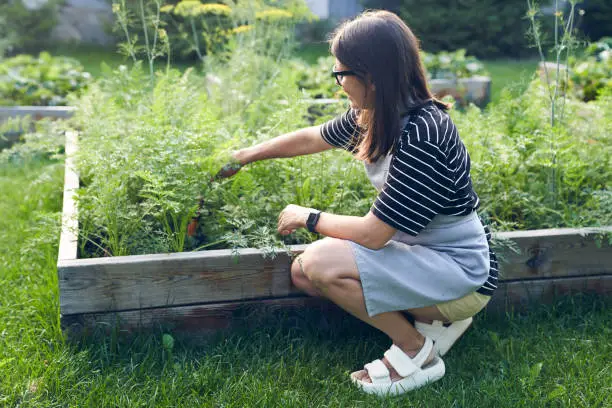
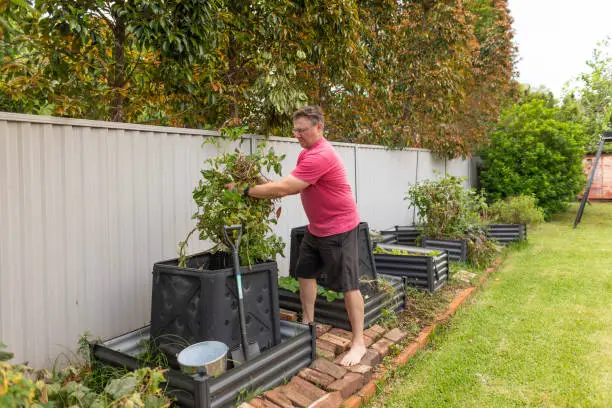
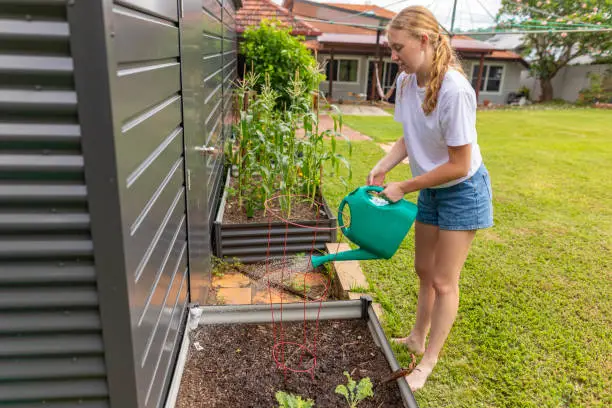
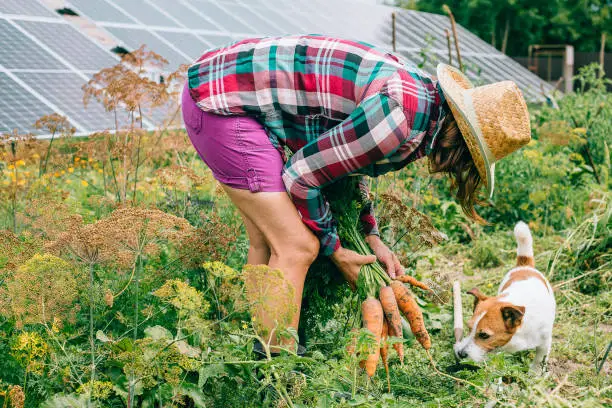

Leave a Reply